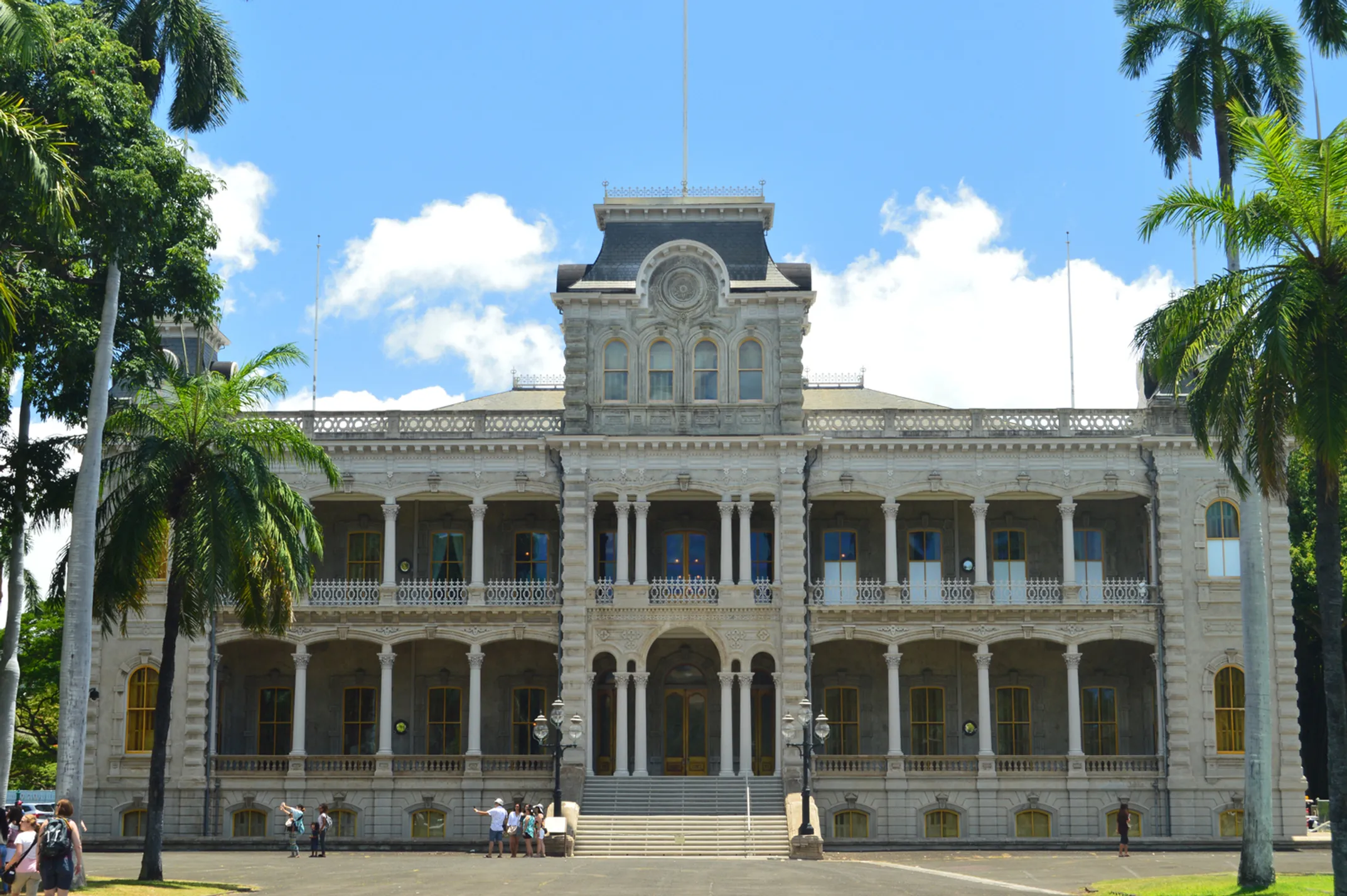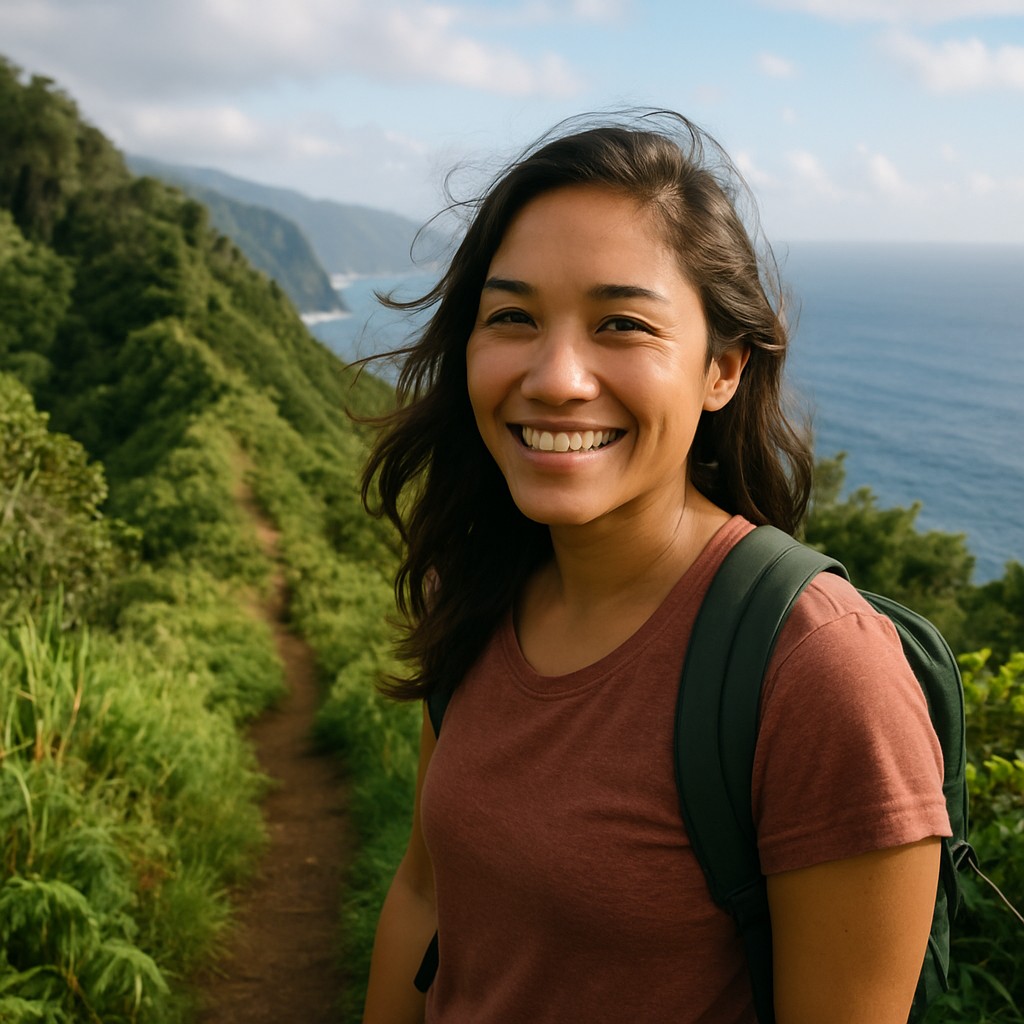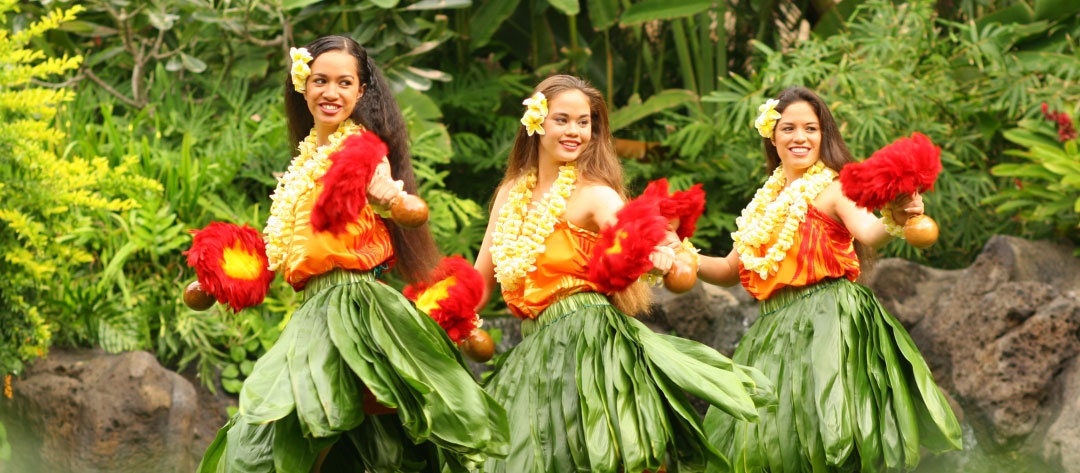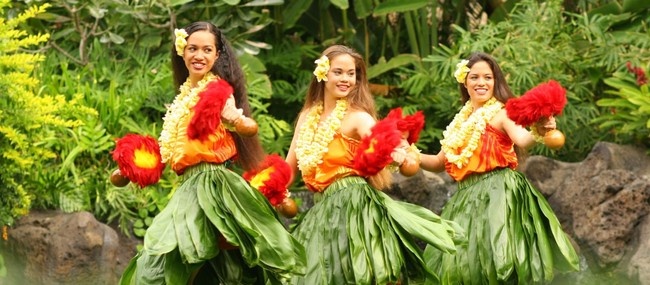

Sacred Memory at Wai Momi
Pearl Harbor holds layered stories that most visitors never hear. Before it became a symbol of modern warfare, this place had a different name and purpose: Wai Momi, Waters of Pearl.
The moʻolelo tells of shark goddess Kaʻahupahau and her brother Kahiʻuka, benevolent guardians who protected Puʻuloa's abundant fishponds from man-eating sharks. This was a place of life, sustenance, and spiritual balance.
The Reciprocity Treaty of 1875 granted the U.S. exclusive rights to the harbor. Dredging destroyed the coral reef that once protected the bay. The Navy's arrival transformed everything. December 7, 1941, turned these life-giving waters into a tomb for over a thousand men.
Today, the USS Arizona Memorial serves as a modern heiau—a sacred site of remembrance consecrating a different history. Oil droplets continue seeping from the sunken hull, called "tears of the Arizona." They contrast starkly with the life-giving freshwater springs that once fed pearl-rich waters.
Visiting this place means holding multiple truths. The same ʻāina can be the source of life and site of death. The land bears all its stories, conflicting and complex. Understanding this depth transforms a military history tour into something deeper—a huakaʻi into layered memory where past and present speak to each other across time.
Healing the Scarred Earth
Coral Crater Adventure Park sits on land with its own story of transformation. The ʻEwa Plain, known as Kalaeloa, once hosted early Hawaiian settlements and fishing grounds. Ancient Hawaiians also knew it as a realm of wandering souls.
Later uses scarred the landscape. First came ranching, then industrial exploitation. The U.S. Navy mined coral heavily to build Barbers Point Air Station runways, leaving deep wounds in the earth.
The adventure park represents modern mālama ʻāina in action. Instead of abandoning damaged land, new stewards work to heal it. ATV tours and ziplines provide thrills, but the deeper story involves active restoration.
The park has planted native and canoe plants—species brought by first Polynesian voyagers. ʻUlu breadfruit, kalo taro, and kō sugarcane now grow where coral quarries once operated. Each planting connects modern commercial enterprise to ancient stewardship practices.
This demonstrates that mālama ʻāina principles apply beyond pristine nature preserves. Damaged and developed landscapes can find healing through dedicated care. The fun becomes meaningful when connected to stories of ecological responsibility and cultural continuity.
Adventure parks might not seem like traditional cultural sites. But when operators commit to restoration and education, they become partners in the larger work of caring for the ʻāina. Every planted native species adds another strand to the ʻaha.
🌱 Native Plant Restoration
Former industrial sites now host native species like ʻōhiʻa, koa, and māmane, healing the land through traditional plant communities.
🐟 Fishpond Rebuilding
Communities restore ancient aquaculture systems, rebuilding stone walls and reestablishing fish populations.
🌾 Agricultural Revival
Abandoned sugar and pineapple lands transform into diverse farms growing traditional crops using ancient methods.
🏛️ Heiau Preservation
Sacred sites receive protection and restoration, with community stewardship ensuring proper protocols are maintained.
The Cord That Will Not Break
Hawaiian traditions survive because they serve real purposes in real lives. They're not museum pieces or tourist attractions. They're tools for navigating love, loss, identity, and belonging in a complex modern world.
When I was homeless, my buried piko provided an unshakeable identity. When I needed healing knowledge, my kumu guided me through decades of training. When I sought spiritual connection, huakaʻi to sacred places opened new understanding.
These practices work because they acknowledge fundamental truths. Humans belong to the land, not the other way around. Individual identity comes through connection to family, community, and place. Caring for others and the environment isn't optional—it's kuleana.
The ʻaha metaphor captures this perfectly. Each strand represents a genealogical line, a cultural practice, a person living the traditions. Braided together, they create something stronger than any individual thread. No single break can destroy the whole.
This is why Hawaiian culture survived attempted erasure. This is why it thrives in digital age adaptation. This is why it offers hope for anyone seeking meaning and connection in fractured times.
🧭 Traditions Guide
🏛️ Sacred Sites
- Wai Momi (Pearl Harbor)
- Puʻu o Mahuka Heiau
- Iolani Palace grounds
- Mauna Kea summit
- Haleakalā crater
- Kīlauea caldera
🌿 Healing Projects
Restoration of mined land
Fishpond restoration
Traditional agriculture
Ancient aquaculture revival
🧶 The ʻAha Strands
- Genealogical lines
- Cultural practices
- Living practitioners
- Sacred places
- Modern adaptations
- Future generations
🌺 Living Legacy
Traditions endure attempted erasure
Modern tools, ancient wisdom
Culture as sovereignty
Connection in fractured times
The Tradition is Not Preserved—It Lives
The cord stretches from ancient Polynesian voyagers to modern practitioners sharing knowledge on social media. It runs through family ceremonies and protest movements, healing practices and environmental restoration, sacred sites and community gardens.
Each person who chooses to learn, practice, and perpetuate these traditions adds their strand to the ʻaha. Each act of mālama ʻāina strengthens the weave. Each moment of proper protocol honors the ancestors and guides the future.
The tradition is not preserved in museums or textbooks. It lives in daily practice, adapted to current needs while maintaining ancient purposes. It survives in the hands that plant native species, the voices that chant in Hawaiian, the feet that dance traditional hula, the hearts that carry aloha.
This is a living tradition
Not frozen in time but flowing like water, adapting to new vessels while maintaining its essential nature.
This is the unbroken ʻaha
Each strand strengthens the whole, creating resilience that no single force can destroy.
This is resistance, resilience, and hope braided into an unbreakable cord that connects all things across all time.
The ancestors smile.
The ʻāina endures.
The culture lives.


